10 Best Herbal Teas For Burns

Herbal teas can be a soothing and natural remedy for minor burns, offering relief through their anti-inflammatory and cooling properties.
Chamomile, calendula, and lavender are commonly used herbs known for their healing and calming effects on the skin. To prepare a burn-soothing herbal tea, steep the dried herbs in hot water and allow it to cool before applying it to the affected area with a clean cloth. While herbal teas can provide comfort, they should not replace professional medical care for severe burns.
It is important to consult a healthcare provider if the burn shows signs of infection or does not heal within a few days.
FREE Herb Drying Checklist
How to make sure every batch retains maximum flavor, color, and aroma without the risk of mold or over-drying. Eliminate guesswork and trial-and-error, making herb drying faster, easier, and more efficient every time.
Table of Contents
1. Calendula officinalis
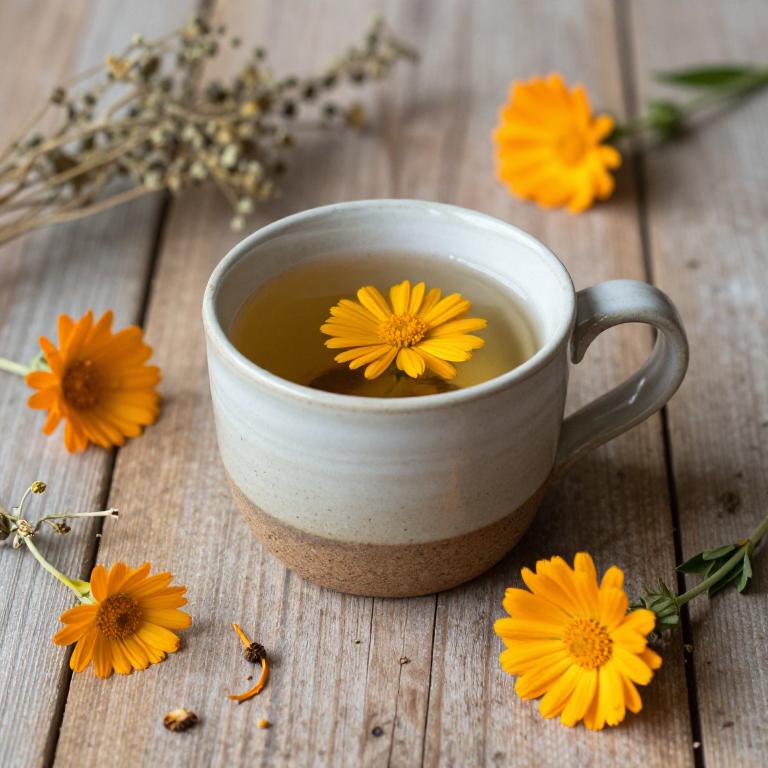
Calendula officinalis, commonly known as garden marigold, is a popular herb used in herbal teas to soothe burns and promote healing.
The flowers of this plant contain anti-inflammatory and antimicrobial properties that help reduce redness, swelling, and infection risk in burned skin. When brewed into a soothing tea, calendula can be applied topically as a compress or used internally to support overall skin health. Its gentle nature makes it suitable for use on sensitive or irritated skin, offering a natural alternative to conventional burn treatments.
Regular use of calendula tea may aid in accelerating the healing process and providing relief from the discomfort associated with burns.
2. Aloe barbadensis
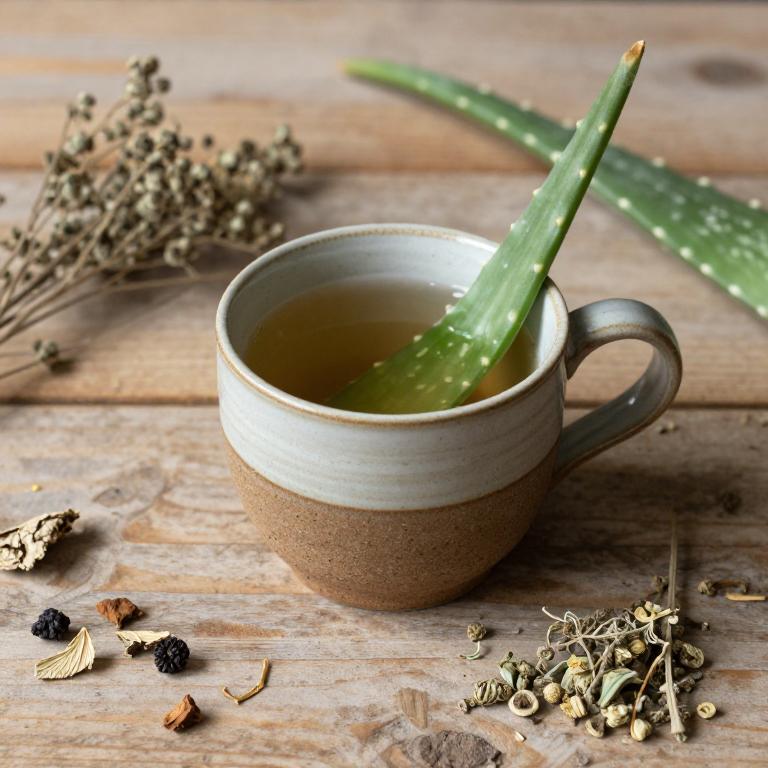
Aloe barbadensis, commonly known as aloe vera, is often used in herbal teas to support the healing of burns due to its soothing and anti-inflammatory properties.
When brewed as a tea, aloe vera can help reduce redness, swelling, and pain associated with minor burns by promoting skin repair and hydration. While it is not a substitute for medical treatment in severe cases, it can serve as a natural remedy to ease discomfort and aid in the recovery process. The tea is typically made by steeping the gel or leaves of the aloe plant in hot water, though it is important to use only the gel to avoid the irritating latex found in the outer layers.
Regular consumption of aloe vera tea may also contribute to overall skin health and immune support, making it a valuable addition to a holistic approach to burn care.
3. Hypericum perforatum

Hypericum perforatum, commonly known as St. John's wort, is traditionally used in herbal teas to support the healing of burns due to its anti-inflammatory and antioxidant properties.
When brewed as a tea, it may help reduce pain and inflammation associated with minor burns by promoting tissue repair and soothing the affected area. However, it is important to note that St. John's wort should not be used on severe burns or as a substitute for professional medical treatment. While some studies suggest potential benefits, more research is needed to fully understand its efficacy for burn care.
As with any herbal remedy, it is advisable to consult a healthcare provider before using St. John's wort for burns, especially if you are taking other medications or have underlying health conditions.
4. Urtica dioica
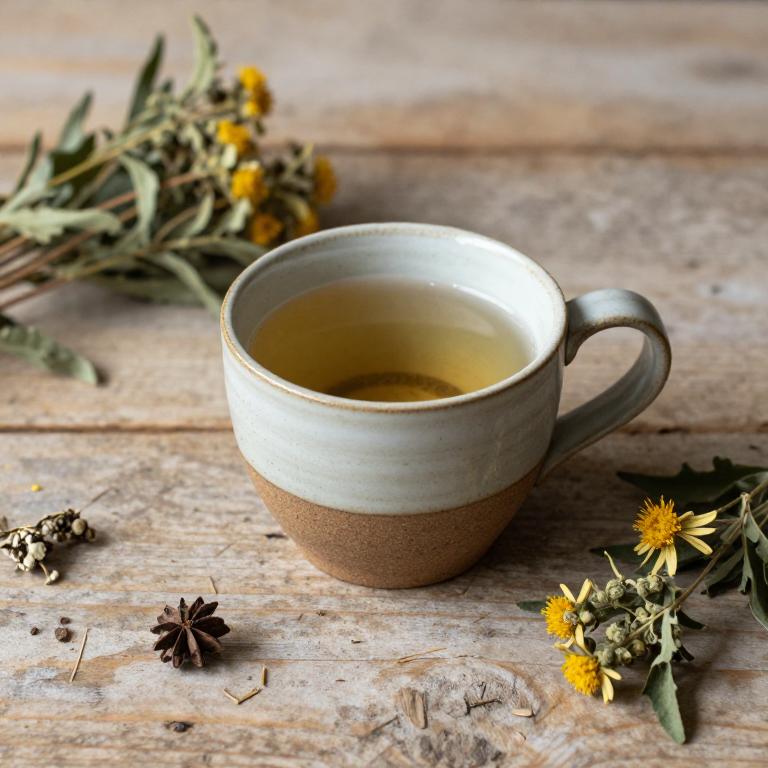
Urtica dioica, commonly known as stinging nettle, is a herb that has been traditionally used for its anti-inflammatory and soothing properties, making it a popular ingredient in herbal teas for burns.
When brewed into a tea, stinging nettle can help reduce inflammation and alleviate pain associated with minor burns and skin irritations. The tea works by promoting circulation and supporting the body's natural healing processes. It is often combined with other herbs like chamomile or calendula to enhance its soothing effects.
However, it is important to consult a healthcare professional before using stinging nettle tea, especially for severe burns or if you have any underlying health conditions.
5. Rosa canina

Rosa canina, also known as rosehip, is a traditional herbal remedy that has been used for centuries to support skin health and healing.
Rosehip herbal teas are rich in antioxidants, vitamins, and essential oils, which may help reduce inflammation and promote tissue repair in burns. The anti-inflammatory properties of rosehip can aid in soothing the skin and reducing redness associated with minor burns. While it is not a substitute for medical treatment in severe cases, rosehip tea may serve as a complementary therapy to support the healing process.
However, it is important to consult with a healthcare professional before using rosehip tea for burns, especially if the injury is extensive or shows signs of infection.
6. Camellia sinensis
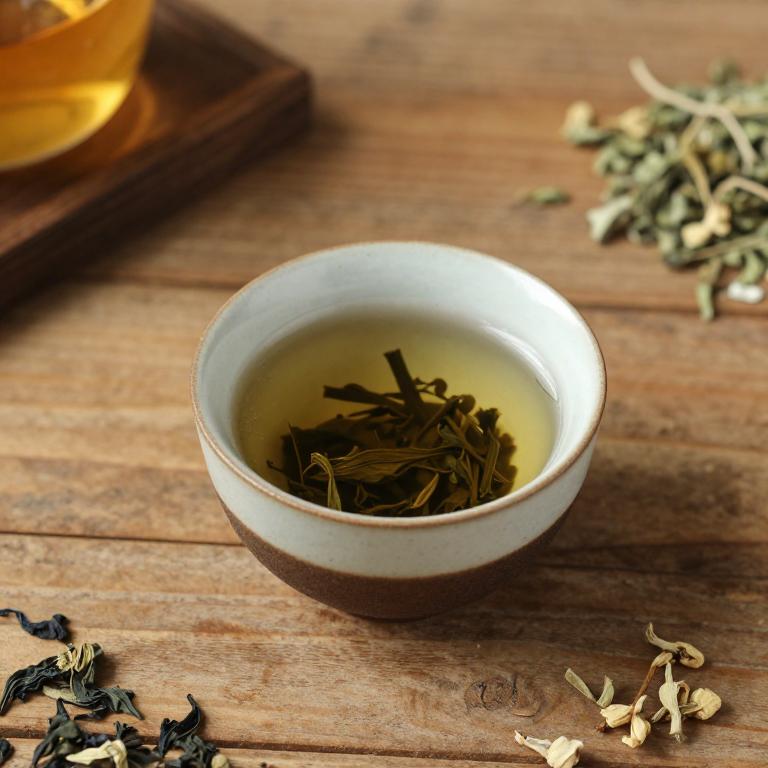
Camellia sinensis, the plant from which green and black teas are derived, contains bioactive compounds such as polyphenols and catechins that have demonstrated potential anti-inflammatory and antioxidant properties.
While not a substitute for medical treatment, some studies suggest that topical application of Camellia sinensis extracts may help reduce inflammation and promote healing in minor burns. These compounds may help protect skin cells from oxidative stress and support tissue regeneration. However, it is important to consult a healthcare professional before using any herbal remedies for burns, as severe burns require immediate medical attention.
Overall, Camellia sinensis herbal teas may offer complementary benefits for mild burns when used alongside proper first aid and professional care.
7. Chamomilla recutita
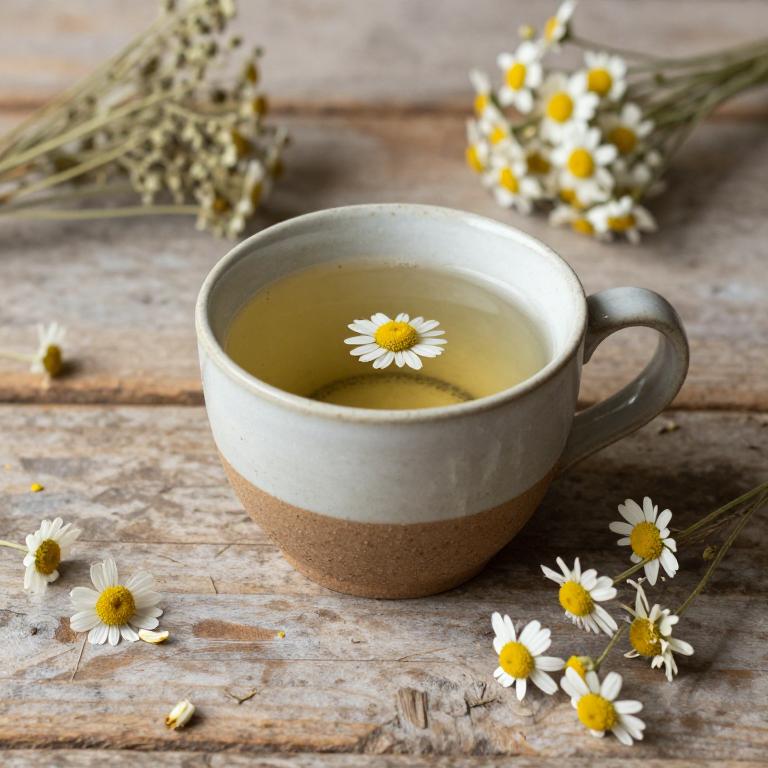
Chamomilla recutita, commonly known as German chamomile, is a popular herbal tea used for its soothing and anti-inflammatory properties.
When applied topically or consumed, it can help reduce redness, swelling, and pain associated with minor burns. The tea contains compounds like bisabolol and chamazulene, which have been shown to have calming and healing effects on the skin. It is often recommended as a natural remedy for first-degree burns and sunburns due to its mild antiseptic qualities.
However, it is important to consult a healthcare professional before using chamomile tea on severe burns or if there are known allergies to plants in the daisy family.
8. Sutherlandia frutescens
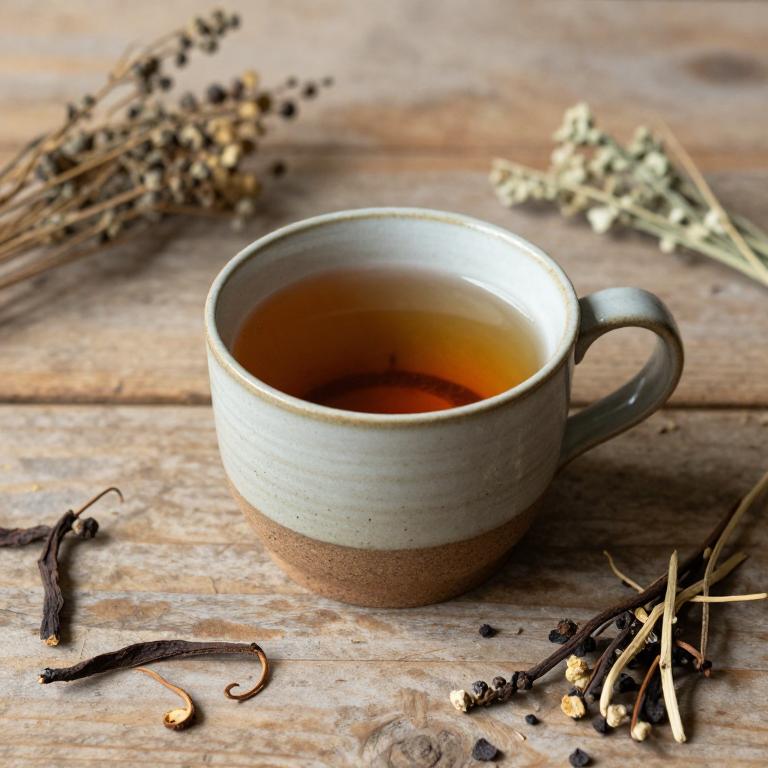
Sutherlandia frutescens, commonly known as cancer bush, is a traditional African herb that has been used for centuries in herbal medicine.
While it is primarily recognized for its potential role in cancer support, it is also used in the preparation of herbal teas for burns due to its anti-inflammatory and analgesic properties. The tea is believed to help reduce pain and promote healing in minor burns by soothing the skin and reducing inflammation. However, it is important to note that Sutherlandia frutescens should not replace conventional medical treatments for burns, especially severe ones, and should be used under the guidance of a healthcare professional.
As with any herbal remedy, individual responses may vary, and it is essential to consult a qualified practitioner before use.
9. Cnicus benedictus
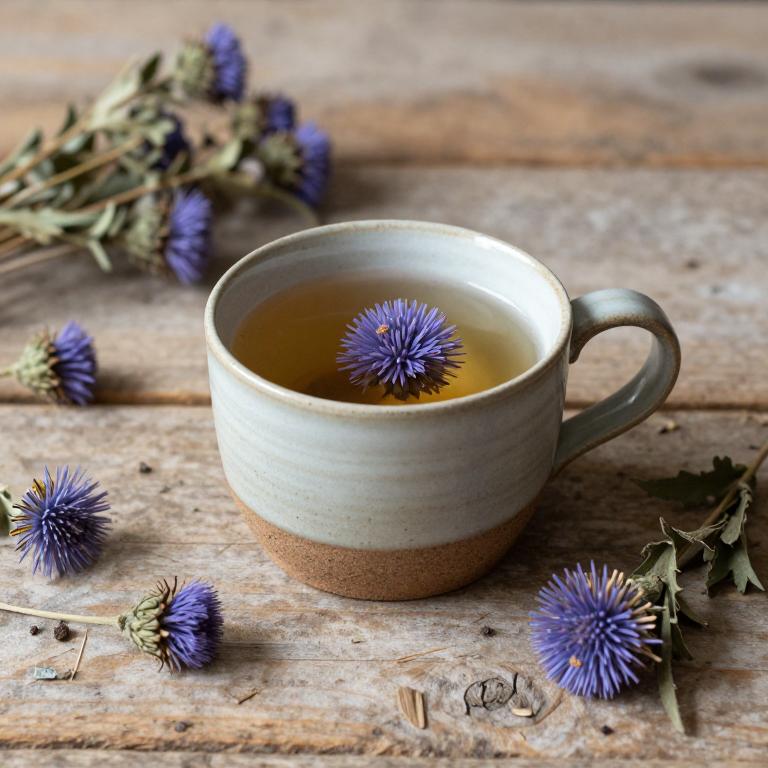
Cnicus benedictus, also known as blessed thistle, is traditionally used in herbal teas to support the healing of burns due to its anti-inflammatory and antioxidant properties.
The herb contains compounds that may help reduce pain and swelling associated with minor burns, promoting faster recovery. When prepared as a tea, blessed thistle can be applied topically or consumed internally to support overall skin health and immune function. However, it is important to consult a healthcare professional before using it for burns, especially for severe cases.
While it may offer some natural relief, it should not replace conventional medical treatments for burns.
10. Echinacea purpurea
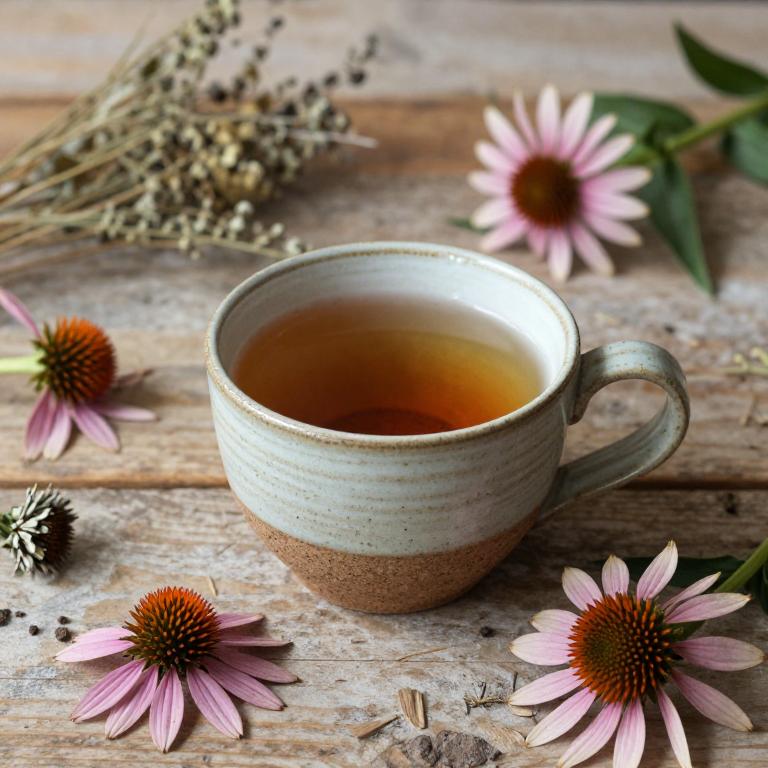
Echinacea purpurea, commonly known as purple coneflower, is a herbal plant often used in traditional medicine for its potential anti-inflammatory and immune-boosting properties.
While it is not a substitute for conventional burn treatments, some people use echinacea herbal teas as a complementary therapy to support skin healing and reduce inflammation. The tea may help soothe the skin and promote a calming effect, though it should not be applied directly to open wounds. It is important to consult a healthcare professional before using echinacea for burns, especially if you have allergies or are taking other medications.
Overall, echinacea herbal tea is more of a supportive remedy than a primary treatment for burns.